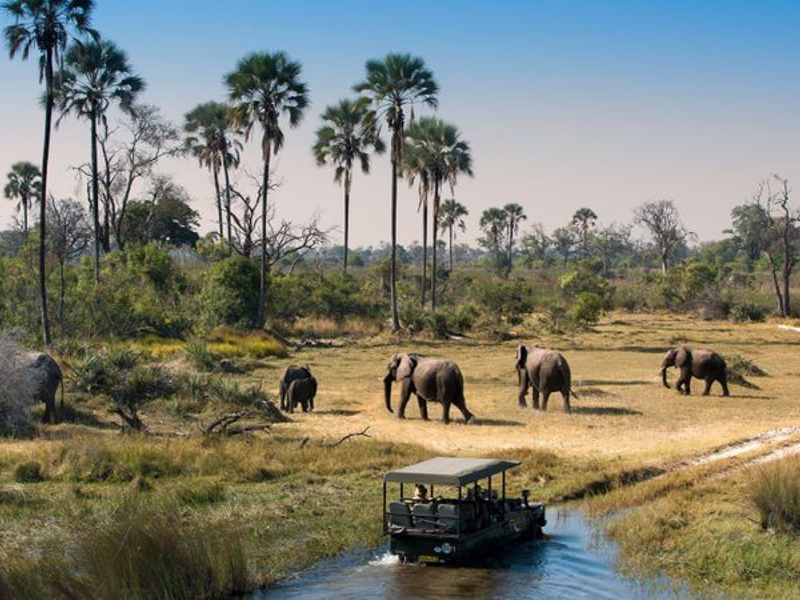Ecotourism offers travelers the opportunity to connect with nature, immerse in local cultures, and learn about conservation efforts. It seeks to create meaningful and authentic experiences that contribute to the protection of natural and cultural heritage and often involves small-group tours, eco-lodges, and educational activities. Ecotourism reaches beyond the here and now, ensuring a long-term future for African tourism centered around responsible travel. The best ecotourism destinations in Africa provide diverse wildlife experiences that benefit both travel destinations and tourists. These destinations offer unique opportunities to explore Africa’s natural beauty and wildlife while supporting conservation efforts and local communities.
South Luangwa National Park, Zambia
South Luangwa National Park is in east Zambia’s Luangwa River valley. It’s known for its abundant wildlife. The Luangwa River is the most intact river in Africa, and its tributaries and lagoons are the lifeblood of this region. The best time for watching wildlife in South Luangwa National Park is during the dry season, which takes place from July to October. The Luangwa River becomes a gathering place for animals during the dry season, as they emerge from the high-temperature, bush areas in search of the refreshment of the river’s clean water. Some lodges will remain open during the ‘Emerald Season’ when the rains turn the dry landscape into a lush, green oasis and the birthing season begins.
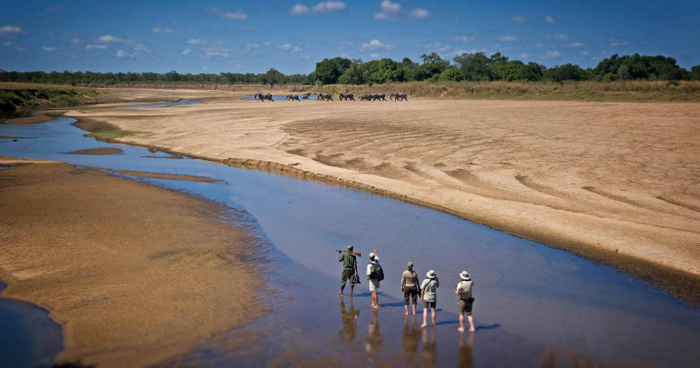
NamibRand Nature Reserve – Namibia
Namibia is one of Africa’s leaders in eco-tourism. It is the country with the oldest inclusions for the conservation of the environment in its constitution. Located in the southern part of Namibia the NamibRand Nature Reserve is a private nature reserve situated in the mummy desert, set up in 1984 to help protect and conserve the unique ecology and wildlife of the Namib desert. The Reserve shares a 100km border with the Namib-Naukluft National Park in the west and is bordered in the east by the imposing Nubib Mountains. Virtually all facets of the Namib Desert are represented on the Reserve – sand and gravel plains and stretches of savanna alternate with mountain ranges, inselbergs, and vegetated dune belts. Recognizing the importance of wilderness areas, the NamibRand Nature Reserve has exclusively set aside more than 15% of its total area for wilderness.
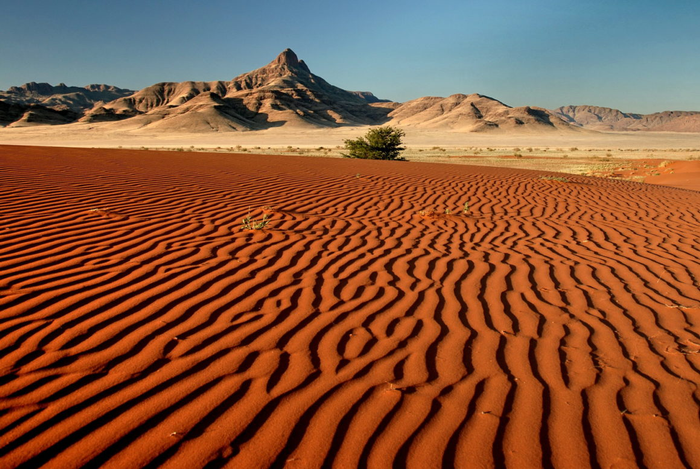
Phinda Private Game Reserve, South Africa
South Africa ranks as the third most biodiverse country in the world. Phinda Private Game Reserve in KwaZulu-Natal forms part of the andBeyond portfolio. Their ground-breaking conservation achievements have set the pace for the ecotourism industry in Africa. Phinda is a South African safari success story. The 28,622 hectares of land was once used for farming. However, today it’s a flourishing game reserve with 790 hectares consisting of critically endangered ancient sand forests. Most notably, their rhino conservation experiences unlock the rare opportunity for a hands-on way to make a difference in rhino conservation. Depending on when you visit, you could partake in anything from rhino notching to dehorning. Although rhino dehorning might seem excessive, it has been immensely successful in saving our rhinos from extinction by deterring poachers.
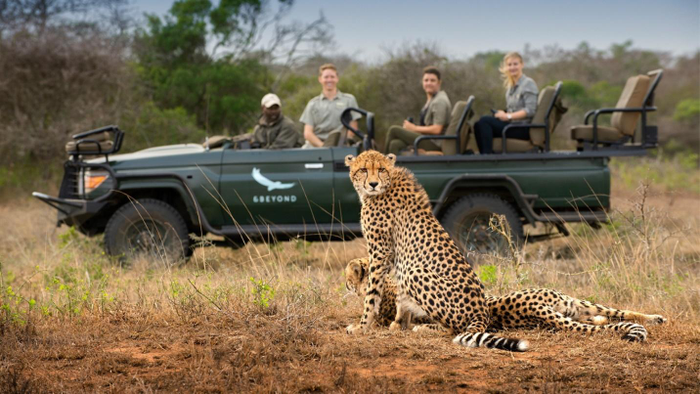
Volcanoes National Park – Rwanda
Rwanda as a country is a leader in sustainable ecotourism, with initiatives ranging from banning plastic bags to lodges with a sustainable model, and strict animal conservation regulations. Volcanoes National Park can be found in Rwanda’s northwest on the foggy, forested slopes of the Virunga Mountain range. It is one of the top ecotourism locations in Africa and is home to around half of the mountain gorilla population in the world. The dense forest of Volcanoes National Park, one of Africa’s most biodiverse parks, is home to over 180 different bird species, creating a symphony of avian music. In Volcanoes National Park, the focus is on gorilla conservation, with around 400 mountain gorillas calling this ancient rainforest home. Guests can hike into the rich, thick foliage of the forest to meet these gorillas face-to-face, a heart-stirring experience.
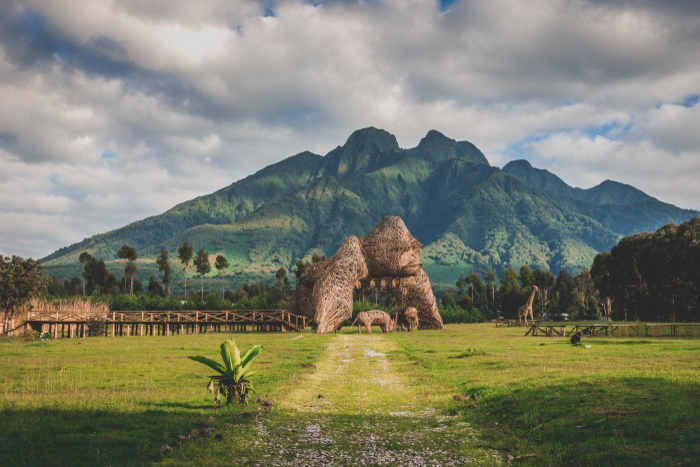
iSimangaliso Wetland Park – South Africa
iSimangaliso has used ecotourism as part of its conservation strategy since the early 2000s. The Park contains three major lake systems, eight interlinking ecosystems, 700 year old fishing traditions, most of South Africa’s remaining swamp forests, Africa’s largest estuarine system, 530 bird species and 25,000-year-old coastal dunes – among the highest in the world. The name iSimangaliso means miracle and wonder, which aptly describes this unique place. The park’s centerpiece is the vast Lake St. Lucia, home to large numbers of hippos, crocodiles, pelicans, and flamingos. Elephants, giraffes, and leopards inhabit the grasslands and forests of the nearby Western Shores and Charters Creek areas. The Park is now South Africa’s second largest protected area after the Kruger National Park, incorporating the country’s largest MPA – also the only Transfrontier MPA as it joins Mozambique’s protected waters.
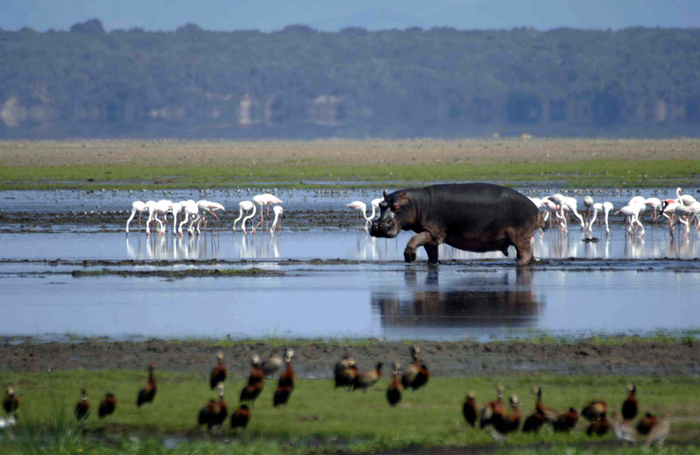
Kibale National Park – Uganda
Kibale Forest National Park is one of Africa’s most adventurous ecotourism destinations. It’s best known for chimpanzee trekking safaris and for having the highest number of diverse primates in East Africa. Over a thousand chimpanzees live in Kibale, as well as 12 other species of primates. Chimpanzee trekking takes center stage, with guests trekking through the forests in search of these primates. Along the way, you also get to see the other primates that call the park home. These include the rare L’Hoest monkeys, endangered red colobus monkeys, black and white colobus, blue monkeys, olive baboons, red-tailed monkeys, bush babies, and many more. Other wildlife in Kibale National Park includes buffalo, leopards, bush pigs, elephants, and a variety of colorful butterflies.
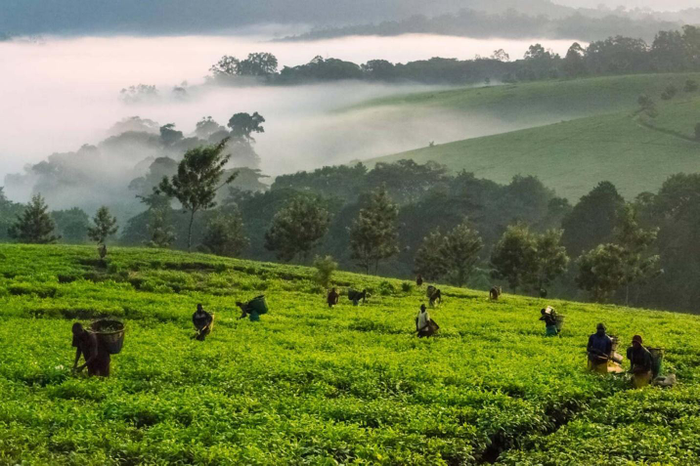
Serengeti National Park – Tanzania
Tanzania is an exciting and beautiful country in East Africa and has allotted over 25% of its total land area to wildlife national parks and similarly protected areas. The Serengeti National Park is one of the oldest ecosystems in the world. It is also one of the few places that can boast two World Heritage sites. It stretches all the way to the Masai Mara Game Reserve in Kenya, so far that the Masa who are native to the Serengeti call it “the place where the land moves on forever”. In addition, Tanzania is also known for its chimpanzee population. There are some terrific ecotourism activities in Gombe National Park, with proceeds helping to protect these chimpanzee’s natural habitats.
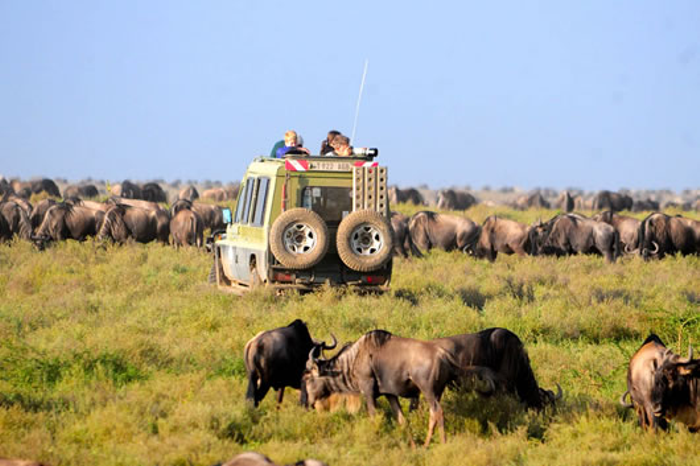
Addo Elephant National Park – South Africa
The home of the elephants, Addo Elephant Park is about 45 minutes’ drive from Port Elizabeth, in the Eastern Cape. It’s the only national park with the Big 7 and rates as the country’s third biggest park with a finely tuned ecosystem that holds unique subtropical thicket vegetation, lion, buffalo, hyena, leopard, whales, penguins and the unique flightless dung beetle which is found exclusively in the park. Black rhinos are also present in the region, but due to their shy nature, they tend to stay in their thickets. The park runs a Mayibuye Ndlovu (let the elephant return in Xhosa) Development Trust representing eight local communities who get a percentage of the turnover of the Park’s Matyholweni rest camp, Eyethu hop-on guides (who literally hop into your car with you to guide your wildlife experience in the park) come from communities close to the park.
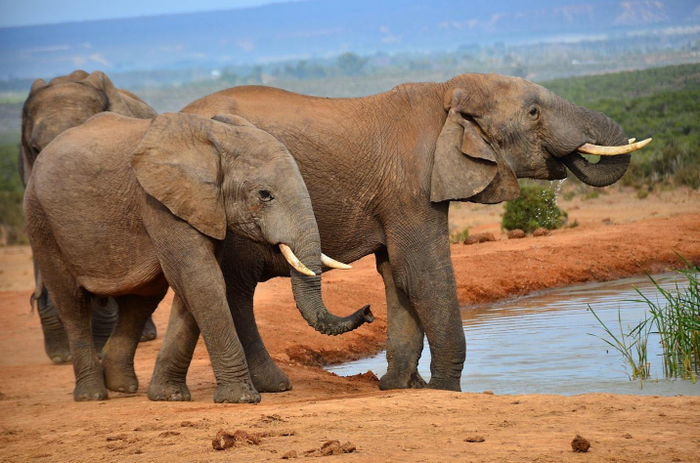

Boitumelo Masihleho is a South African digital content creator. She graduated with a Bachelor of Arts from Rhodes University in Journalism and Media Studies and Politics and International Studies.
She’s an experienced multimedia journalist who is committed to writing balanced, informative and interesting stories on a number of topics. Boitumelo has her own YouTube channel where she shares her love for affordable beauty and lifestyle content.

